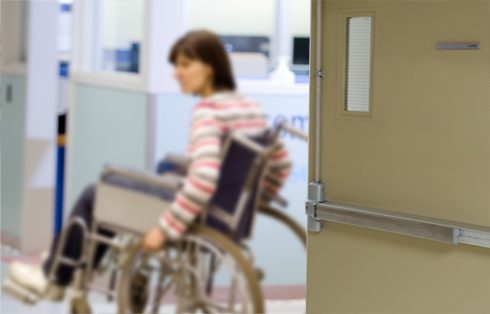


Individuals Who Are Deaf, Oral Deaf, Deafened or Hard of Hearing
- People who are profoundly deaf may identify themselves as culturally Deaf or oral deaf. In Deaf culture, indicated by a capital “D,” the term is used to describe a person who has severe to profound hearing loss, with little or no hearing.
- Oral deaf is a term describing a person who was born deaf or became deaf before learning to speak, but is taught to speak and may not typically use Sign Language.
- The term “deafened” describes a person who has lost their hearing slowly or suddenly in adulthood. The person may use speech with visual cues such as captioning or computerized note-taking, speechreading or sign language.
- The term “hard of hearing” describes a person who uses their residual hearing (hearing that remains) and speech to communicate. The person may supplement communication by speechreading, hearing aids, sign language and/or communication devices.
Types of assistance an individual might use:
- Hearing aid
- Paper and pen
- Personal amplification device (e.g., Pocket Talker)
- Phone amplifier
- Relay Service
- Teletypewriter (TTY)
- Hearing ear dog
- Support person such as a sign language interpreter.
Guidelines for interacting with who are Deaf, oral deaf, deafened or hard of hearing:
- Attract the individual’s attention before speaking. Generally, the best way is by a gentle touch on the shoulder or with a gentle wave of your hand.
- Ask how you can help. Don’t shout.
- Move to a well-lit area, if available, where an individual can see your face.
- Don’t put your hands in front of your face when speaking. Some people read lips.
- If necessary, ask if another method of communicating would be easier, for example, using a pen and paper.
- Be patient if you are using a pen and paper to communicate. American Sign Language may be an individual’s first language. It has its own grammatical rules and sentence structure.
- Look at and speak directly to an individual. Address an individual, not the interpreter or support person.
- Be clear and precise when giving directions, and repeat or rephrase if necessary. Confirm that an individual understands you.
- If the person uses a hearing aid, reduce background noise or move to a quieter area, if possible, so the person can hear or concentrate better.
- Don’t assume that the individual knows sign language or reads lips.



